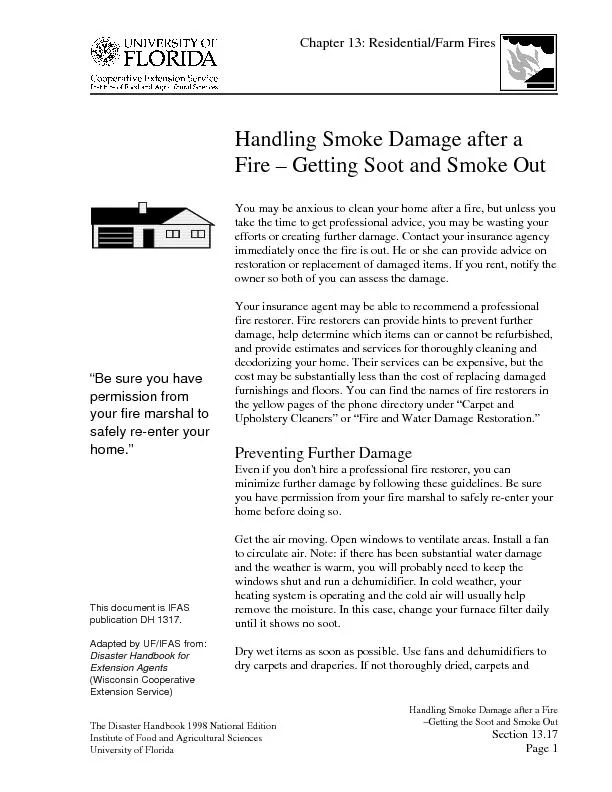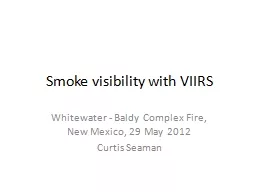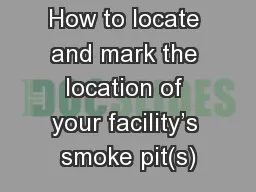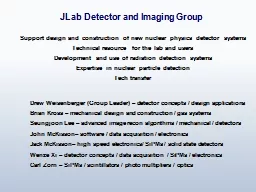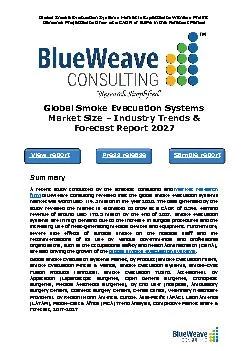PPT-Smoke Detector Applications and Testing Methods
Author : tawny-fly | Published Date : 2020-04-05
Philip Anderson National Sales Manager System Sensor Canada A hospital is like a city Living areas Machinery high technology Food prepservice Retail public spaces
Presentation Embed Code
Download Presentation
Download Presentation The PPT/PDF document " Smoke Detector Applications and Testing..." is the property of its rightful owner. Permission is granted to download and print the materials on this website for personal, non-commercial use only, and to display it on your personal computer provided you do not modify the materials and that you retain all copyright notices contained in the materials. By downloading content from our website, you accept the terms of this agreement.
Smoke Detector Applications and Testing Methods: Transcript
Download Rules Of Document
" Smoke Detector Applications and Testing Methods"The content belongs to its owner. You may download and print it for personal use, without modification, and keep all copyright notices. By downloading, you agree to these terms.
Related Documents

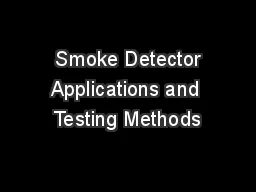

![A Smoke-Free [insert name] Housing Authority:](https://thumbs.docslides.com/142986/a-smoke-free-insert-name-housing-authority.jpg)
